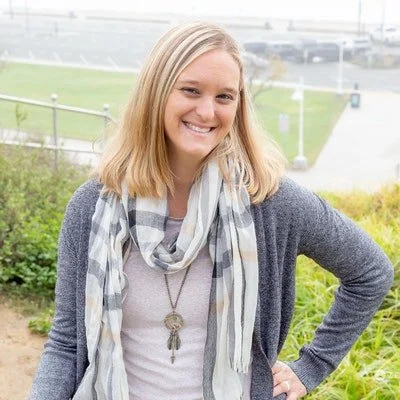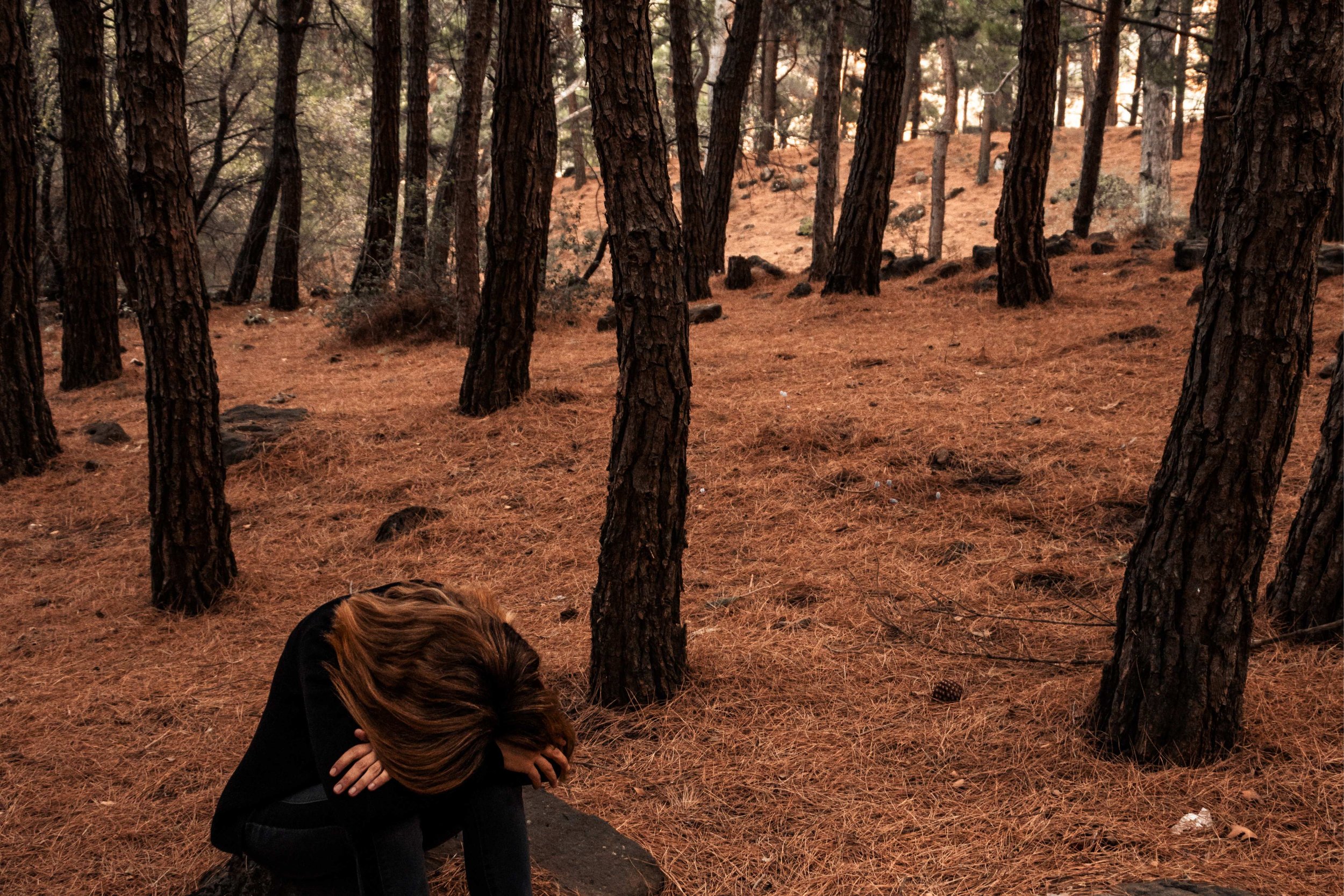How To Deeply Heal Your Core Wounds
(blog post #2/11)Discovering the Four Core Wounds
Let’s start by exploring the four core wounds that often shape our experiences and relationships: shame, abandonment, survival/scarcity, and disempowerment.
I discovered these four core wounds in my client sessions as well as on my personal healing journey. I found the metaphor of a garden helpful to share to help depict how these core wounds show up in our lives–you might imagine that your mind is a garden; these wounds are the roots that can influence the health and growth of your whole Self.
In this garden, core wounds can be visualized as weeds, subtly spreading and dulling the beauty of your true essence. As the deepest root wound, shame can create a tangled web that affects the growth of other plants, symbolizing its influence on your relationships and experiences (carrying a belief of “I’m not good enough” for example).
In this garden, you might find all four core wounds: shame, abandonment, survival/scarcity, and disempowerment. Each of these wounds has its unique impact on your emotional landscape:
Shame: This weed grows from early experiences, often causing self-doubt in adulthood and hindering your ability to love yourself and form the deepest of connections with others.
Abandonment: This weed symbolizes feelings of rejection or betrayal, which can lead to trust issues and fear of vulnerability.
Survival/Scarcity: Emerging from unmet needs, this weed connects to a mindset of lack and insecurity, which can affect your ability to thrive and feel secure in life.
Disempowerment: This weed grows from experiences that left you feeling powerless, diminishing self-confidence and belief in your capabilities.
Alongside these weeds, your inner garden also contains beautiful flowers, representing positive experiences, memories, values, and healthy ways you live your life.
In my practice, I encourage clients to choose one core wound that's currently affecting them the most, this helps create a focal point for healing. Because healing isn't linear, as you work on one wound, others may surface– and that’s okay! Nurturing the soil, uprooting one weed at a time, and allowing your flowers to flourish by honing in on them, will create a more balanced and harmonious inner world (which is the freedom from suffering we all seek!).
Exploring the Layers of the Ego
For our purposes, the ego refers to the part of our psyche that maintains a sense of identity and self-awareness, acting as an intermediary between our conscious and unconscious minds. It is composed of many subpersonalities and their defense mechanisms as protective measures to help us cope with life experiences and shield us from emotional pain related to our core wounds.
These protector parts manifest as various subpersonalities, such as the people-pleaser, perfectionist, or critic. They influence our self-perception, relationships, and behavior patterns.
Subpersonalities are different aspects of our psyche that emerge in response to life experiences, particularly adverse ones. In childhood, as we encounter painful events or form core wounds, these subpersonalities arise to help us cope and protect ourselves. Over time, they become integrated into our ego structure and continue to shape our thoughts, feelings, and actions.
To better understand the connection between subpersonalities and core wounds, let's look at some examples:
Shame often results in people-pleasing and perfectionism subpersonalities, which strive for external validation and seek to avoid feelings of inadequacy and the fear of being unlovable.
Abandonment can give rise to skeptical, jealous, anxious, or avoidant subpersonalities that struggle with trust and forming close relationships.
Survival/scarcity wounds may create a "worst-case scenario" or worrier subpersonality, focused on avoiding potential dangers, and a financially cautious part that prioritizes saving money to avert the fear of poverty, pain, or death.
Disempowerment wounds can lead to rebellious subpersonalities that resist authority or societal norms, as well as quiet, reserved, or people-pleasing parts that fear speaking up and expressing authenticity.
Keep in mind that these are just a few examples, as there can be countless variations in subpersonalities based on individual experiences and personal histories. Understanding these connections between core wounds and subpersonalities can help us develop self-awareness and empathy, facilitating our healing journey.
As we grow and develop, these subpersonalities can make it challenging to access and heal our core wounds, However, their roles are important – they have kept you safe when it mattered, and now they need you, TRUE you (not a part of you) to By acknowledging our protector parts with compassion, we can begin to peel back the layers of our ego and explore the hidden depths of our emotional gardens.
“At the center of our being resides the higher self. Our most authentic and spiritually connected part is this core aspect of who we are. It represents our inner wisdom, intuition, and innate potential for personal growth and healing.”
The goal is to shed light on these subpersonalities and protective parts that have been created in response to core wounds. By doing so, we gradually unravel the layers of our ego, allowing the higher self to emerge and guide us toward a more integrated and balanced life.
Introduction To The Seven Soul Qualities
Now, let's explore the seven soul qualities: joy, peace, love, power, trust, courage, and freedom. Your higher self, an ascended aspect of your soul, is a transcendent essence that exists beyond our conventional understanding of space and time. Your higher self is unwavering love and light, inextricably linked to your soul. As you activate and cultivate these qualities, you become more aligned with your highest self.
You might think of your soul as a powerful mountain, with your highest self residing at its peak. This highest self embodies the seven soul qualities, which you can activate and develop as you ascend the mountain, aligning yourself more closely with your highest potential.
However, healing and aligning with your higher self does not guarantee an easy,” perfect” life. Instead, as you climb the life mountain, you learn to embrace the full range of human experiences with greater interconnectedness, living from a spacious awareness. And- Awakening to your true higher self-nature is the soul's deepest longing.
Throughout our blog series, I’ll further explore the seven soul qualities and their connection to your higher self. By examining each quality in-depth, you'll gain a clearer understanding of how to activate and cultivate them in your own life.
Here is Blog #7 Awakening Your Seven Soul Qualities.
How To Deeply Heal Your Core Wounds
Step 1: Awareness of Patterns
Healing core wounds begins with self-awareness. By practicing mindfulness, we can identify our inner patterns and understand how they affect our lives. I recommend using my Insight Timer meditations to cultivate self-awareness and explore your patterns with compassion.
Step 2: Identify Your Subpersonalities
Subpersonalities are parts of our psyche that protect us from our core wounding but may inadvertently cause more issues that keep us from feeling like our true, authentic selves. Discover your most active subpersonalities by asking yourself these 3 questions for each one:
Which emotions or behaviors do I often find myself struggling with?
(ex. Saying yes when I mean no)What situations or relationships trigger strong reactions within me? (ex. When my partner is upset)
What name would I give this part of me? (ex. People Pleaser)
Step 3: Self-compassion
I created the Pathway Back to Love Process to help when you are feeling emotionally dysregulated and need self-care- close your eyes, with one hand over your heart:
Acknowledge that parts of you are active, and that's okay.
State to yourself that emotions are only waves in the ocean of who I am.
State to yourself “ I choose to be kind and love myself through this”
Step 4: Activating the Seven Soul Qualities
Healing core wounds involves empowering your soul by activating the Seven Soul Qualities: Peace, Love, Joy, Freedom, Trust, Courage, and Power. Each quality acts as a portal, opening the way for activating the others. As you embrace just one of these qualities, you begin to step into your Highest Self.
Step 5: The Akashic Core Wound Method
The Akashic Records are a spiritual realm containing a vibrational record of every soul's journey throughout time. Accessing these records can provide insights and healing for our core wounds.
Several years ago, I developed the Akashic Core Wound Healing Method, which encompasses a series of meditative journeys in your Akashic Records. One of the foundational meditation practices within this method is the Castle of The Heart, which guides you to easily access your Akashic Records and heal your core wound alongside the help of benevolent spiritual beings.
We will explore this in more depth later in the series, but for now (and if you missed our Intro blog) you might imagine that the Akashic Records are an expansive cosmic library, containing the energetic imprints of every thought, emotion, and experience that has ever taken place across time and space. By exploring your Records, you can tap into powerful wisdom and insight. It is a sacred realm of heightened consciousness, where the seeds of healing are planted and can grow beautifully, and wildly within.
To make sure you have the best experience using the Akashic Core Wound Method, it is important first to explore your sub-personalities and establish a sense of safety within your inner system and practice activating, almost like “waking up”, the Seven Soul Qualities in your life. I’ll share tips on how to do that in future blogs. This creates a foundation of clarity and self-awareness which is like fertilizing the soil of your garden for the healing work ahead.
To wrap up, I hope you’ll discover one big takeaway: healing your core wounds is within reach! By exploring your subpersonalities, exploring the Akashic Core Wound Healing Method, and activating your seven soul qualities, you'll unmask your Soul. Each step draws you closer to awakening your higher self, leading to a life of balance, fulfillment, and wholeness—where you find home and within.
Next Steps on Your Core Wound Healing Journey
Now you’re ready for a deepening resource so you can take what you’ve learned in this blog and apply it to your own life.
I created the core wound guide so you can learn more about your inner child’s healing journey, as well as the four core wounds we will spend more time on and future blog posts as well. You’ll have the opportunity to take a quiz to determine your core wound, so you have a clear picture of what might be keeping you stuck from living your highest soul-inspired life.
I also have a new book coming out this year that provides the full map for your healing journey, all in one place with exercises and guidance to help you make momentum forward on your core wound healing path.
I invite you to click the button below to join the book interest list, to be the first to receive exciting goodies alongside the book, as well as when the release date is:


























